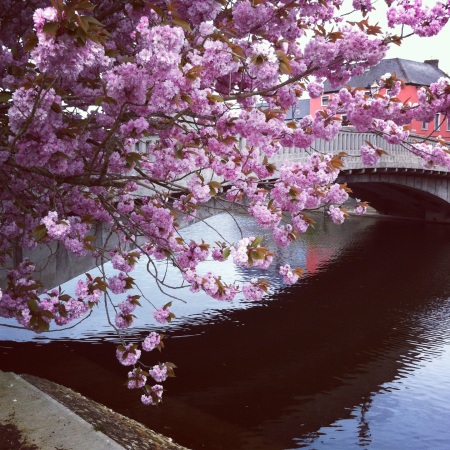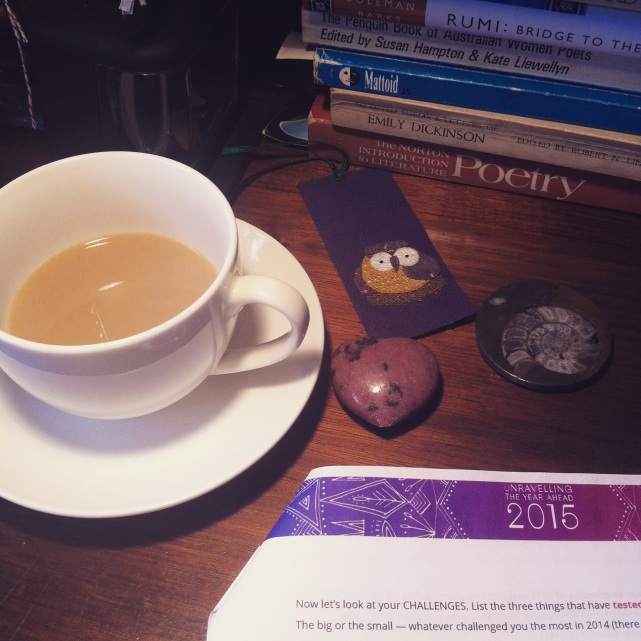Getting organised to write and create
Writing productivity techniques are the best practical strategies for directing creative overwhelm into output. This post explores some options including Scrivener, the Pomodoro technique and other tools for breaking through.
It follows on from a previous post, Overwhelm, Intuition and Thinking on creative overwhelm and initial strategies to turn inspiration into action, especially for intuitive types. This post focuses on the practical, doable tasks to make organised creative work happen in an environment of self-care.
Scrivener – the writer’s friend
First up, and the centrepiece of a writer’s toolkit, is the Scrivener software writing program. Scrivener is a content-generation tool for writers that combines writing and project management. Being project-based, you can have multiple writing projects on the go. This means you can be gathering research information, capturing ideas, drafting and revising your work all in the one application across multiple projects. It’s especially good for managing long-form work such as novels or non-fiction work, both in the production and the preparation stages for publication.
No wonder it’s so popular! Designed by writers for writers, it’s fabulous for all aspects of writing: researching, drafting, revising, editing and publishing. It’s a writing tool used by many bloggers and authors, notably two of my key influencers Joanna Penn and Susannah Conway, as well as many other successful creatives for whom writing is a key focus.
Scrivener has long been high on my list for getting organised with my writing. I purchased the Scrivener program a couple of years ago along with the Learn Scrivener Fast program which provides a great introduction to how to work with Scrivener. I went through many of the well-structured lessons but being busy with work and not applying it directly, I had forgotten it all over time.
So recently, I went back to relearn. I’ve found it’s best to work through the Learn Scrivener Fast lessons and apply the learning straight away, organising your projects as you go. After a solid effort, I’m using Scrivener as planned including while writing this post. It’s been quite easy to set up various projects and get moving, learning the finer points as I go.
The key writing projects I have set up include:
- blog posts
- articles
- poetry
- tarot study and readings
- various larger works such as novel ideas and non-fiction works
As I said in the last post, I have no shortage of creative inspiration at present! Scrivener makes it easy to have these multiple project pieces where I can add research information and write wherever I wish to focus on any particular day. This process reflects what I have been doing on paper but is oh so better organised and easier to work with. Plus you feel like you are making real progress which is encouraging.
Further reading and viewing on Scrivener:
This article, ‘8 Ways Scrivener will help you become a proficient writer overnight’ by Joseph Michael, creator of ‘Learn Scrivener Fast’, is an excellent overview of the benefits of Scrivener.
Writing Tips from Joanna Penn is really valuable viewing on all aspects of writing fiction and non-fiction books and focuses on the practical use of Scrivener.

The Pomodoro Technique
I was lucky enough to win some coaching sessions with the fabulous Rae Ritchie late last year. One thing we touched on was the Pomodoro Technique as a way of working in more concentrated bursts to get writing done.
This conversation sparked something I was aware of but had not acted on. So this week, I applied the Pomodoro technique to my writing and learning activities. I downloaded a fantastic app called the Tide Focus Timer to help manage the ‘pomodoro’ times and worked with the approach. The app is great as it has different options for background music and sounds to help you concentrate.
Pomodoro helps you focus and is a really valuable self-care aid when writing and sitting for long periods. The technique and app remind you to get up after the 25 minute ‘pomodoro’ period to move and stretch.
It’s interesting that the Pomodoro Technique has popped up for me on two podcast conversations in the last few months in relation to self-care:
- In an excellent Creative Penn podcast interview, Joanna Penn talks with Ellen Bard on ‘Self Care and Productivity for Authors’. This wide-ranging discussion includes tips on morning pages and the Pomodoro Technique as well as encouraging an attitude of self-compassion as we create.
- In a recent Secret Library podcast, Caroline Donahue interviews Amy Kuretsky about being a healthy writer. The discussion emphasises self-care as being more than just care of the body. The Pomodoro Technique is one of a number of practical tips recommended for writers in honouring our body, mind and spirit in the process of creativity.
My experiences this week have shown me that I can gain much from working with this technique, both in terms of output and feeling better whilst writing.
Productive Flourishing – productivity tools
Another area that is critical for writing productivity is scheduling, prioritising and capturing any ideas and actions that come to us. I recommend Charlie Gilkey’s Productive Flourishing Planners to help with this.
There are various planners and tools including Momentum Planners (monthly weekly, daily) and Blog Post Planners. One of my favourites is the Action Item Catcher which is a single sheet to capture thoughts that arise or actions from meetings. It helps to corral these to-do items and stops the distraction of moving away from focused activities like writing. It can be combined with the Pomodoro Technique to capture things that pop up as you concentrate on the priority work at hand.
I hope these practical ideas are useful to help concentrate your writing effort where it can be most effective – that is, getting the words and ideas on the page and out into the world!
I would love to hear about any productivity tools and experiences you might have found useful. Please share in the comments below or on the Quiet Writing Facebook page.
Quiet Writing is on Facebook and Instagram – keep in touch and interact with the growing Quiet Writing community.
If you enjoyed this post, please share via your preferred social media channel – links are below.
You might also enjoy:
Being ‘Fierce on the Page’ – a book review
36 Books that Shaped my Story: Reading as Creative Influence


















